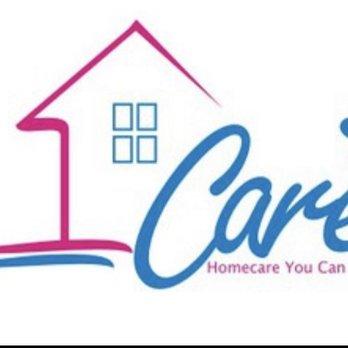Long-term care (LTC) is a critical service for individuals who require ongoing assistance due to age, illness, or disability. However, many people struggle to afford the high costs associated with long-term care, whether at home, in an assisted living facility, or in a nursing home. In the United States, there are several financial assistance options available to help ease the burden of these expenses, ensuring individuals receive the care they need without jeopardizing their financial stability.
1. Medicaid: The Primary Government Aid for Long-Term Care
One of the most important sources of financial assistance for long-term care services is Medicaid, a joint federal and state program that helps low-income individuals cover healthcare costs. Medicaid covers a variety of long-term care services, including nursing home care, home and community-based services (HCBS), and personal care assistance.
Eligibility requirements vary by state, but generally, Medicaid assists those with limited income and resources. Individuals seeking assistance must meet both medical and financial criteria. Each state has its own rules regarding income limits and asset thresholds, so it’s crucial to consult with a Medicaid expert or local state agency to understand the specific qualifications for long-term care coverage.
2. Medicare: Short-Term Support for Long-Term Care
Medicare, the federal health insurance program for individuals aged 65 and older or those with disabilities, can provide some assistance with long-term care. However, it’s important to note that Medicare generally does not cover the costs of long-term care beyond a limited period.
For example, Medicare may cover a short stay in a skilled nursing facility after a hospital discharge, but it will only pay for up to 100 days of care, with a daily co-payment after the first 20 days. Therefore, Medicare is more suited for short-term care needs rather than the ongoing support required for long-term care.
3. Veterans Benefits: Aid for Military Veterans
Military veterans who require long-term care may qualify for benefits through the U.S. Department of Veterans Affairs (VA). The VA provides various financial assistance programs, including the Veterans Aid and Attendance Pension, which helps cover the cost of care for veterans who need assistance with daily activities, such as bathing, dressing, and eating.
Eligibility requirements for VA benefits depend on factors like military service history, income, and level of care required. Veterans or their surviving spouses may also be eligible for care at VA facilities or assistance with in-home care costs.
4. Long-Term Care Insurance
Long-term care insurance (LTCI) is another option to help pay for care services. This private insurance policy provides financial coverage for services such as home care, assisted living, and nursing homes. People generally purchase LTCI while they are still healthy, often in their 50s or 60s, as premiums tend to increase with age.
LTCI policies vary widely, so it’s important to read the terms carefully and choose a plan that suits individual care needs. However, it is worth noting that not everyone can afford long-term care insurance, and some may find themselves unable to qualify due to pre-existing conditions.
5. Reverse Mortgages
For homeowners aged 62 or older, a reverse mortgage could provide additional financial resources to help cover long-term care expenses. A reverse mortgage allows individuals to borrow against the equity in their home, with the loan repaid when the homeowner sells the property or passes away. The funds can be used for long-term care services, and there is no requirement to make monthly repayments during the homeowner’s lifetime.
While a reverse mortgage can be a helpful tool for some, it may not be suitable for everyone. It’s important to consider the implications, including the potential loss of homeownership, and consult with a financial advisor before proceeding.
6. State-Specific Programs and Nonprofit Assistance
Many states offer additional programs to support individuals in need of long-term care services. These programs can provide supplemental funding for in-home care or assisted living. Some nonprofits also offer financial assistance or help individuals navigate available programs, providing guidance through the application process.
Conclusion
Long-term care services are an essential part of many individuals' lives, but the financial burden can be overwhelming. Fortunately, there are several financial assistance options available in the U.S. that can help cover the costs, including Medicaid, Medicare, veterans’ benefits, long-term care insurance, reverse mortgages, and state-specific programs. It’s important to carefully assess eligibility for each program and consult with professionals who can guide you through the process. By utilizing the right resources, individuals and their families can ensure they receive the care they need without exhausting their financial resources.
If you or a loved one is in need of long-term care services, Bloomfield Home Care is here to help you navigate the available options and provide the highest level of care possible.



